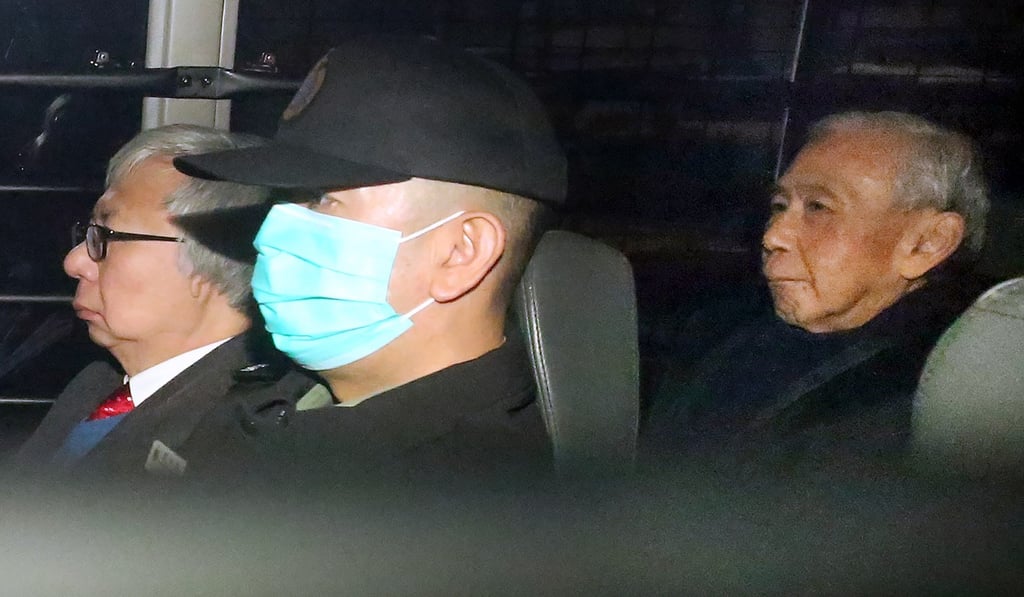How a small team of graft-busters tightened the net in Hong Kong’s most explosive corruption case
A tip-off about a crooked flat deal between the government’s former No 2 and a top developer was the starting point of six years’ painstaking work that put them behind bars

But what turned out to be the longest investigation by the Independent Commission Against Corruption since the city’s return to Chinese rule in 1997 started out with a team of just three.
“This investigation, originating from a complaint, involved accusations against a former senior government official and high-ranking staff from a big land developer. So it entailed very sensitive materials,” chief investigator Hazel Law Pui-man said.

“If you want the ICAC to function properly, confidentiality is one of key requirements that has to be upheld,” the director of investigation (government sector) said.
Yu now wants the ICAC to be given more power to investigate such misconduct by top officials.
